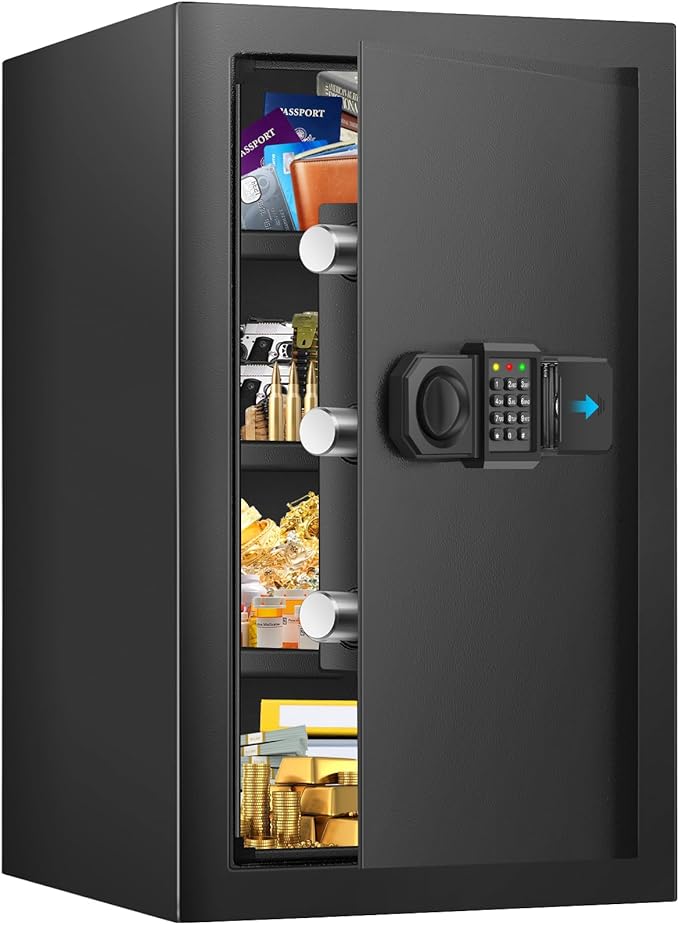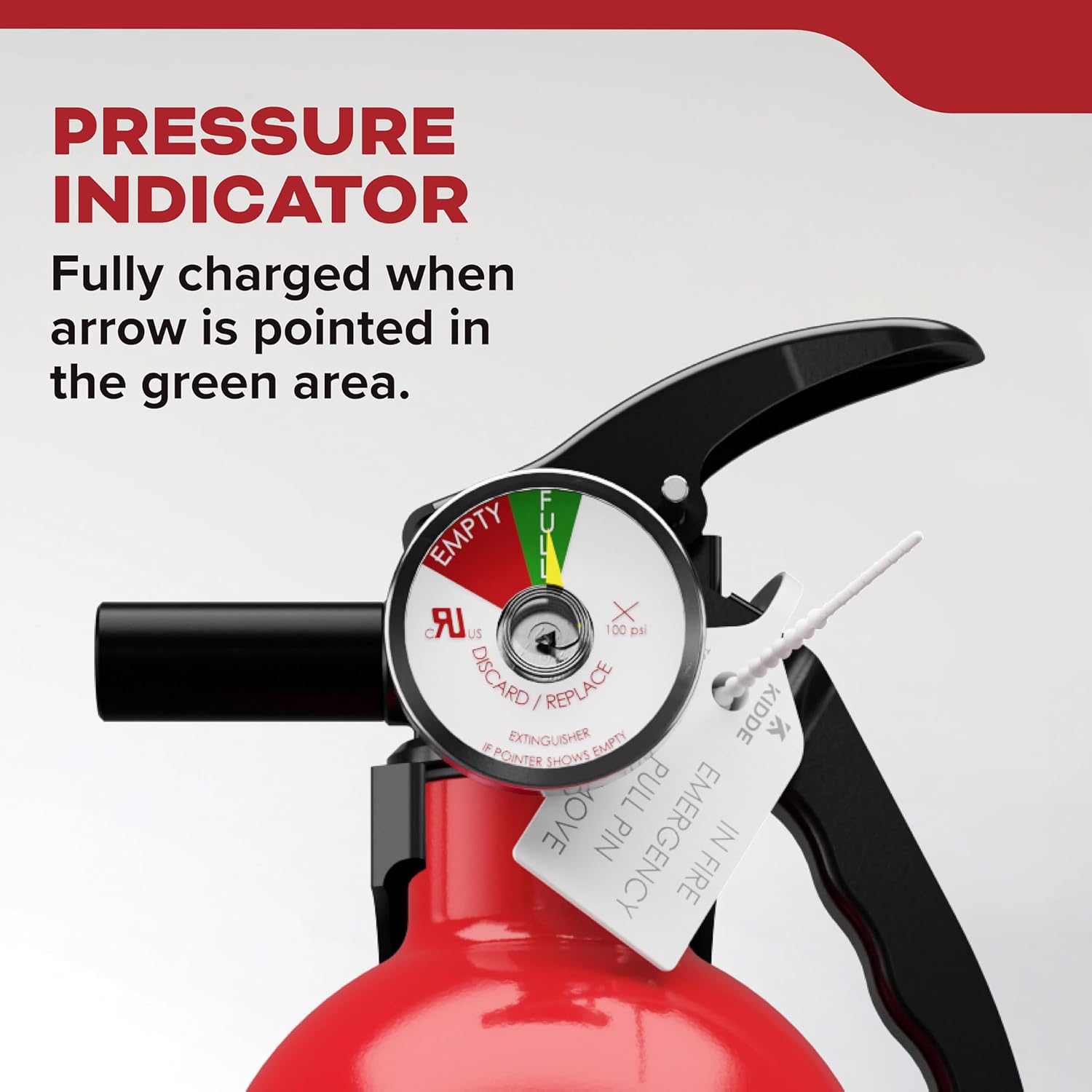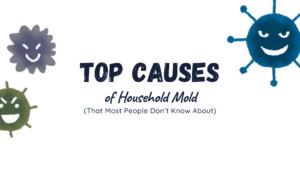When disaster strikes, few things are as devastating as fire. The damage from flames alone can be catastrophic—but the lingering effects of smoke, soot, and even firefighting efforts can leave your home or business in ruins long after the flames are extinguished. Whether you’ve experienced a minor kitchen fire or a full-scale blaze, recovering from fire & smoke damage requires a thoughtful, strategic approach.
In this guide, we’ll walk you through the step-by-step recovery process after a fire, with expert advice on prevention, real-life stats, and links to trusted resources you can rely on. Let’s bring clarity to the chaos and help you rebuild stronger than before.
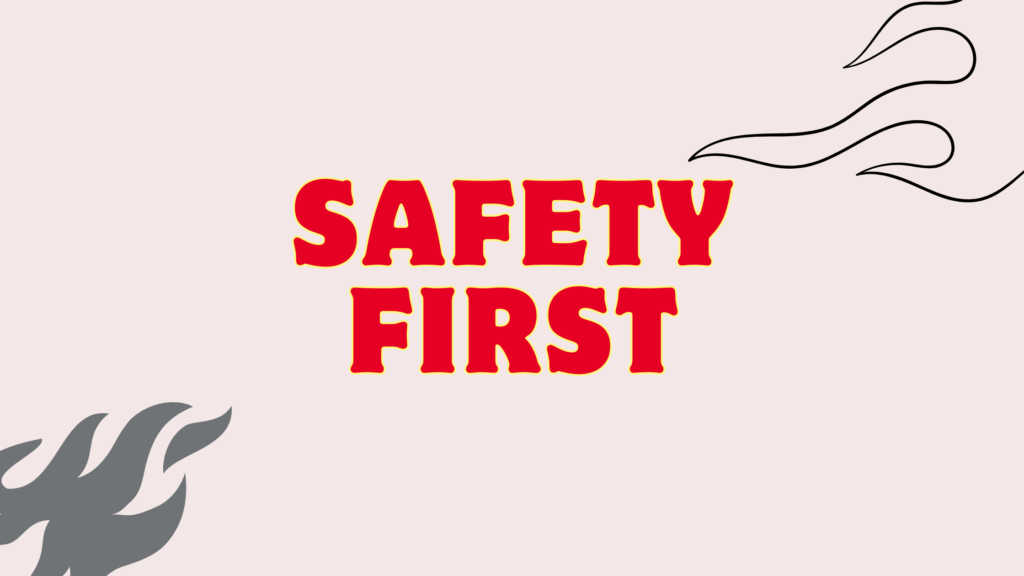
Immediate Response: Safety First
Before addressing the fire & smoke damage, safety is the number one priority. After a fire:
- Do not enter the property until it’s declared safe by the fire department.
- Turn off utilities—gas, electricity, and water may pose hazards.
- Contact your insurance company within 24 hours of the incident.
- Document the scene with photos and videos for your insurance claim.
According to the U.S. Fire Administration, residential building fires caused $8.7 billion in property damage in a single year—many of those costs could be mitigated with a fast, informed response.
Vital X Tip: Keep a fireproof safe for important documents. Fires can reach temperatures of over 1,100°F, destroying paper and electronics in seconds.
Professional Assessment & Damage Evaluation
Once safety is confirmed, bring in certified restoration experts to assess the extent of the fire & smoke damage. A comprehensive evaluation includes:
- Structural stability check
- Smoke and soot penetration analysis
- Water damage assessment from firefighting efforts
- Air quality testing
The Institute of Inspection Cleaning and Restoration Certification (IICRC) recommends hiring trained professionals to ensure accurate assessments and proper remediation techniques.
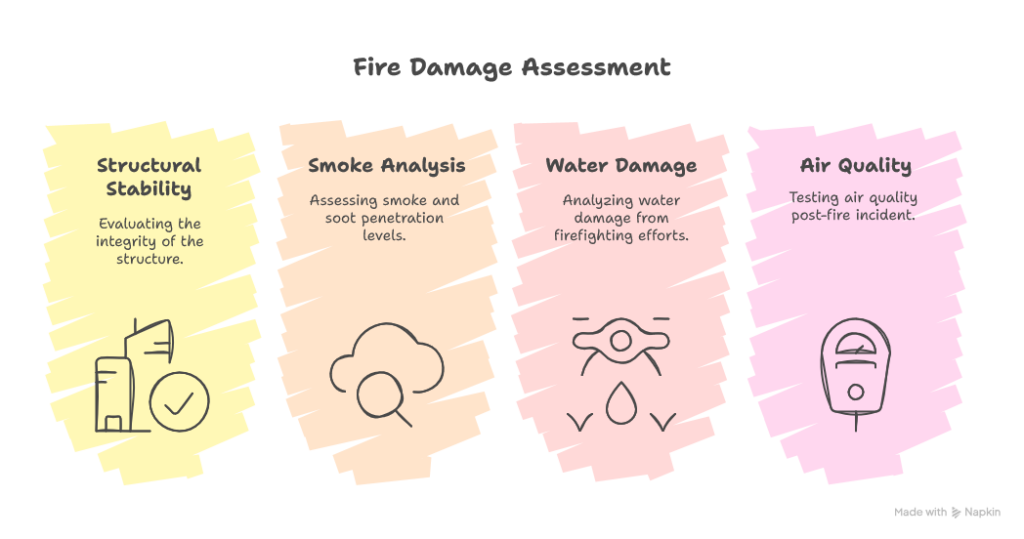
Did You Know? Smoke particles can embed in walls, ceilings, and ductwork, leading to long-term odor and health risks if not properly cleaned.

Fire Damage Cleanup: Beyond the Ashes
Fire cleanup isn’t just sweeping soot and repainting walls. It’s a systematic process that involves:
- Debris removal: Charred materials, furniture, and flooring are removed to eliminate hazardous residues.
- Soot & smoke residue cleanup: Using HEPA vacuums, chemical sponges, and specialized cleaners.
- Water damage mitigation: Dehumidifiers, air movers, and antimicrobial treatments combat mold growth from firefighting water.
Fact: Soot is acidic—it can corrode metal and permanently stain surfaces in as little as 24–48 hours.
Vital X Pro Tip: Never use regular household vacuums or cleaning sprays on soot-damaged surfaces. These can make the stains worse and spread harmful particles.
Odor Removal & Indoor Air Quality
Even after visible damage is cleaned, smoke odors can persist and pose health risks. Professional restoration companies use:
- Ozone machines
- Hydroxyl generators
- Thermal fogging
These neutralize odor molecules, especially in porous materials like fabric, insulation, and drywall.
A study published in the Journal of Occupational and Environmental Hygiene found that exposure to fire-related particulates can increase respiratory symptoms even weeks after a fire, highlighting the need for thorough air purification.
Structural Repairs & Restoration
Once cleanup is complete, rebuilding begins. Depending on the damage, this might include:
- Replacing drywall, flooring, or roofing
- Reconstructing framing or support beams
- Electrical and plumbing repairs
- Interior remodeling
At Vital X Pros, we integrate disaster recovery and remodeling services so you don’t have to juggle multiple contractors. We bring your home back—better, safer, and more beautiful than before.
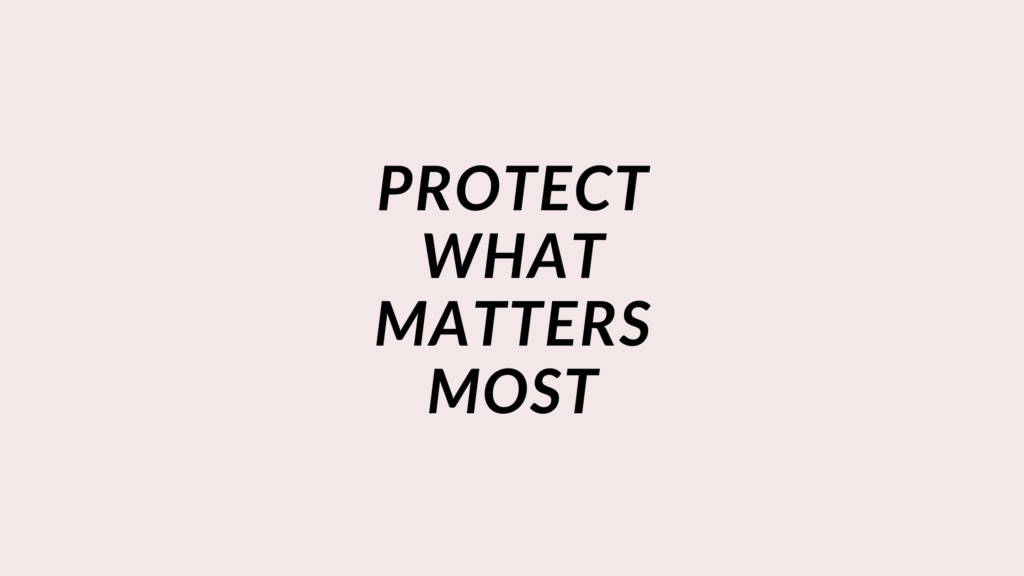
Fire Prevention: Protecting What Matters Most
The best way to reduce fire & smoke damage? Stop it before it starts. Here’s how to make your home fire-resilient:
Install and Maintain Smoke Alarms
- Install in every bedroom, hallway, and level of your home.
- Test monthly and replace batteries twice a year.
Keep a Fire Extinguisher Handy
- Especially in the kitchen, garage, and near fireplaces.
- Learn the PASS method (Pull, Aim, Squeeze, Sweep).
Be Mindful with Electricity
- Overloaded circuits and damaged wires are top causes of house fires.
- Have your system inspected every 5–10 years.
Practice a Fire Escape Plan
- Ensure every family member knows two exits per room.
- Designate a meeting spot and practice twice a year.
The NFPA reports that homes with no working smoke detectors account for nearly three out of five fire deaths. Prevention starts with awareness and action.
Final Thoughts: Recover with Confidence
Recovering from fire & smoke damage isn’t just about repairs—it’s about restoring your sense of home, security, and peace of mind. With the right steps and the right team, the recovery process becomes less overwhelming and more empowering.
Whether you’re facing immediate cleanup or taking steps to protect your future, Vital X Pros is here to help every step of the way. We offer 24/7 emergency services, expert restoration, and personalized prevention plans.

